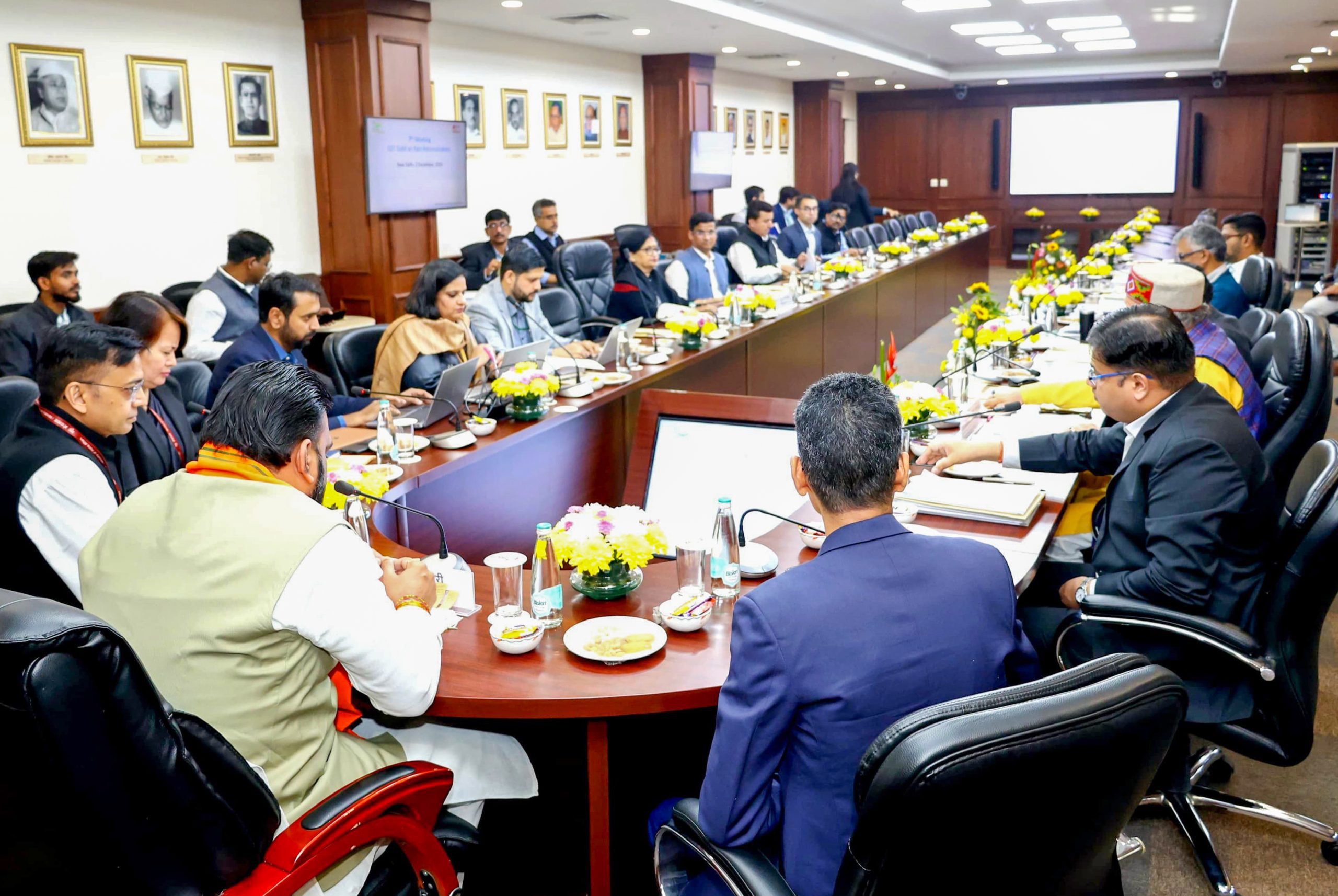According to an SBI Research report, proposed GST 2.0 reforms are expected to provide a net positive impact on the Indian economy, despite a projected revenue loss.
The report estimates an average annual revenue loss of around Rs 85,000 crore from the reforms, with the figure for FY26 projected at Rs 45,000 crore. It suggests that this headline loss could be contained by shifting “sin goods” from the current 28% slab to a higher 40% slab.
On the stimulus side, the reforms are expected to directly drive a consumption boost of Rs 1.98 lakh crore. When combined with an accompanying tax cut, the report forecasts a total additional consumption expenditure of Rs 5.31 lakh crore in the economy, equivalent to 1.6% of GDP.
This overall surge in spending is expected to generate an additional Rs 52,000 crore in GST revenue in FY26, more than offsetting the projected loss for that year. The report adds that the final outcome of the GST reforms is expected to result in higher economic growth, increased tax collections, and lower inflation.
Analysts had earlier expressed concerns that the government’s fiscal projections could be compromised if borrowing increases to offset revenue losses from GST tax cuts. However SBI Research countered this doubt saying, “Fiscal deficit for FY26 is unlikely to be breached. Debt Market fears thus appear somewhat myopically overblown.”
On the inflation front, SBI Research said, the GST rate on essential items, including food and clothing, is expected to decrease from 12 per cent to 5 per cent. This change may lead to a reduction in CPI inflation in this category of 10–15 basis points, factoring in a 60 per cent pass-through effect on food items.
The rationalisation of GST rates for services will result in a 5-10 basis points reduction in CPI inflation for other goods and services, factoring in a 25 per cent pass-through effect. Overall CPI inflation is expected to be moderated by 20 to 25 basis points, it noted.
On an average, the Centre has exceeded the projected tax revenue by Rs 2.26 lakh crore in the last four years.
(IANS)














